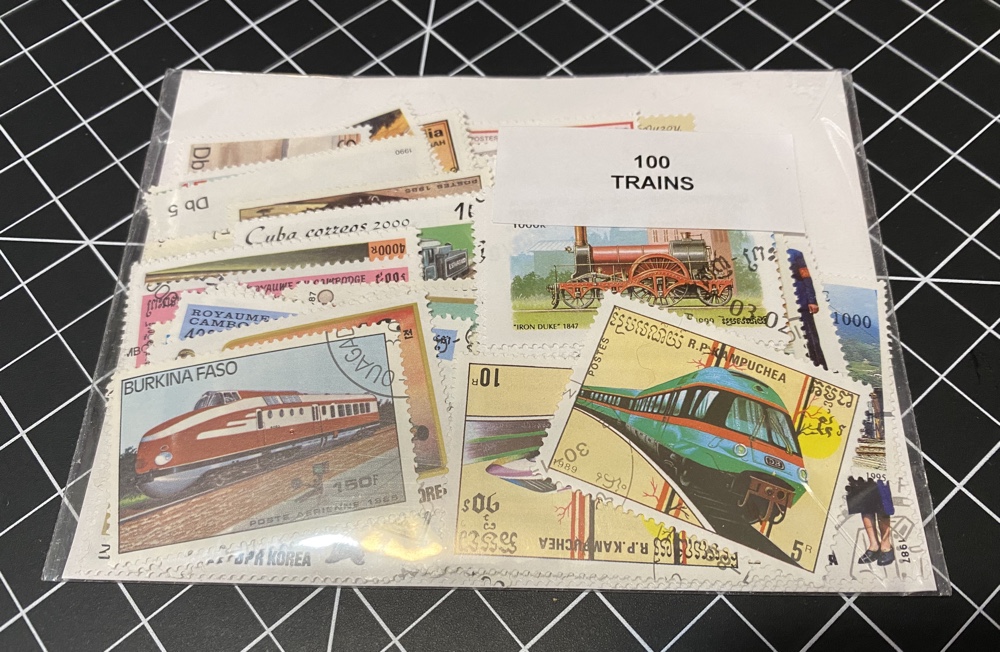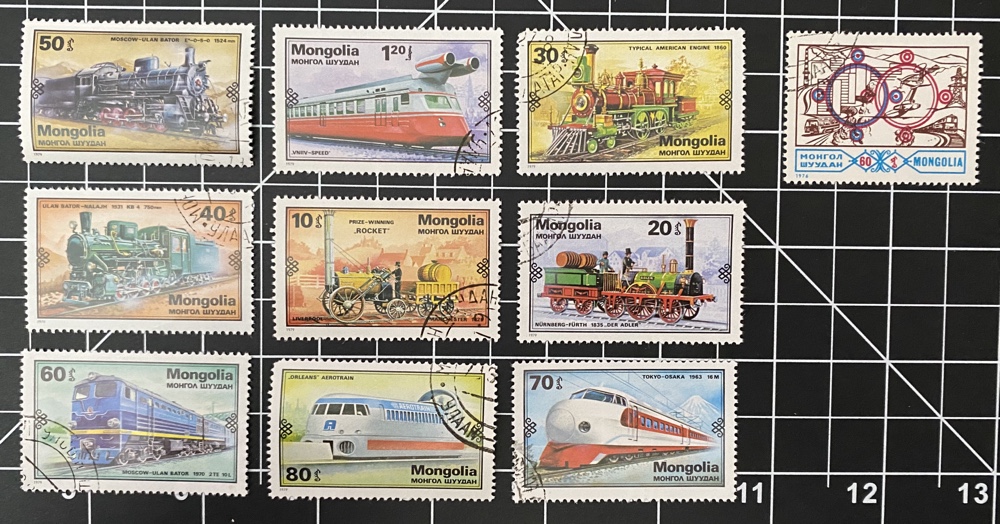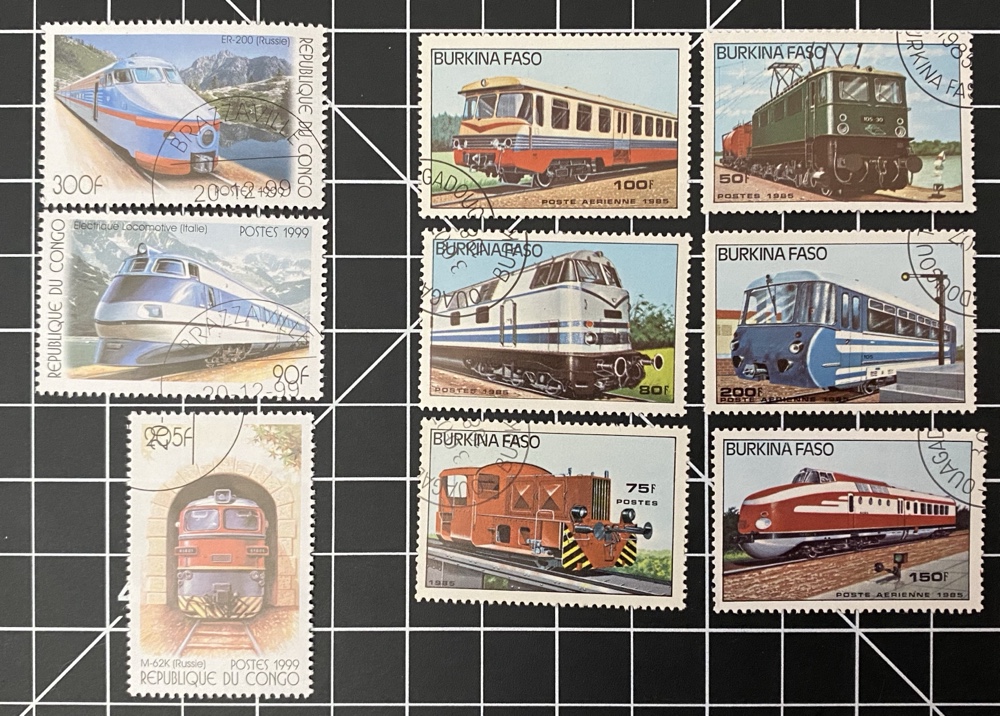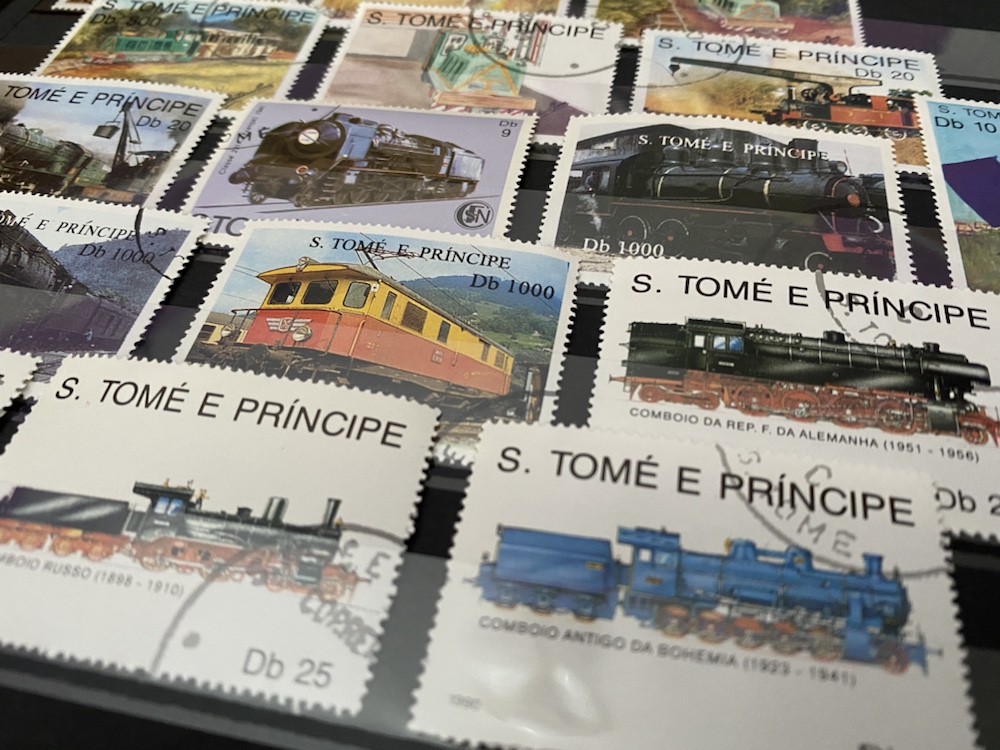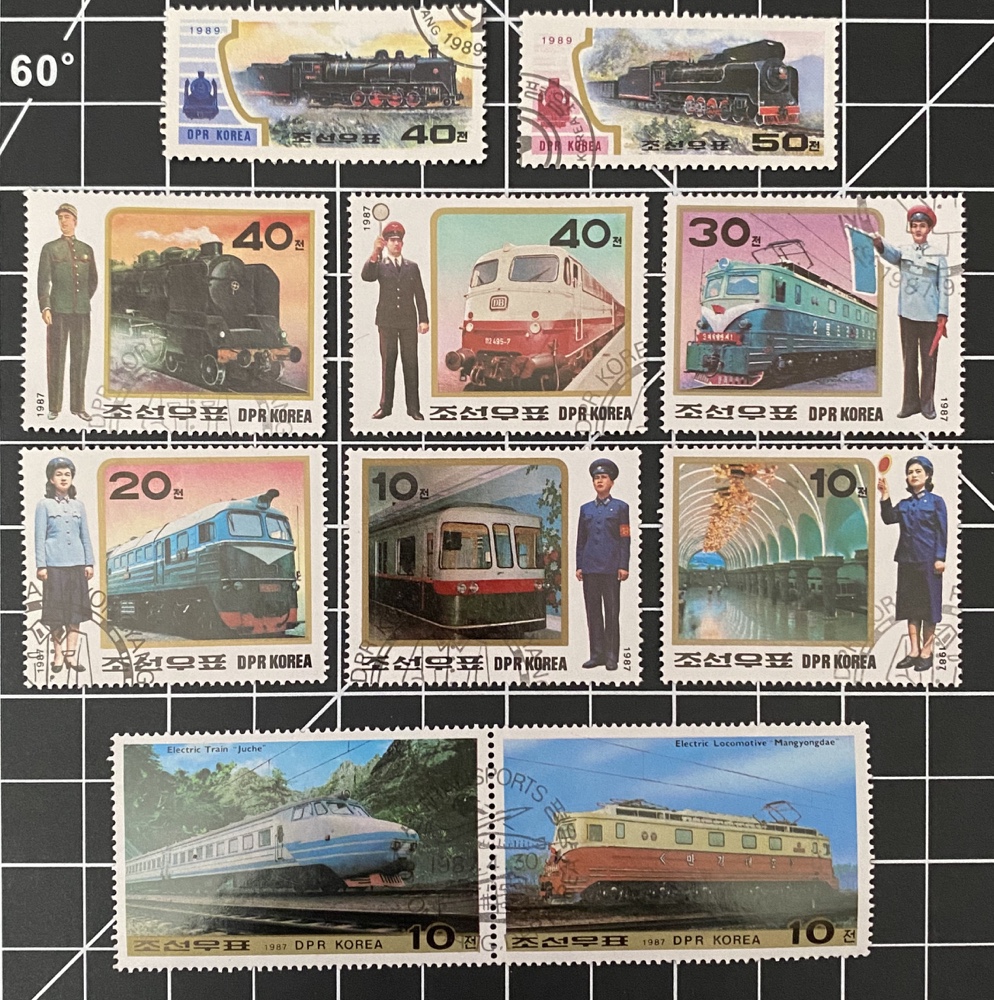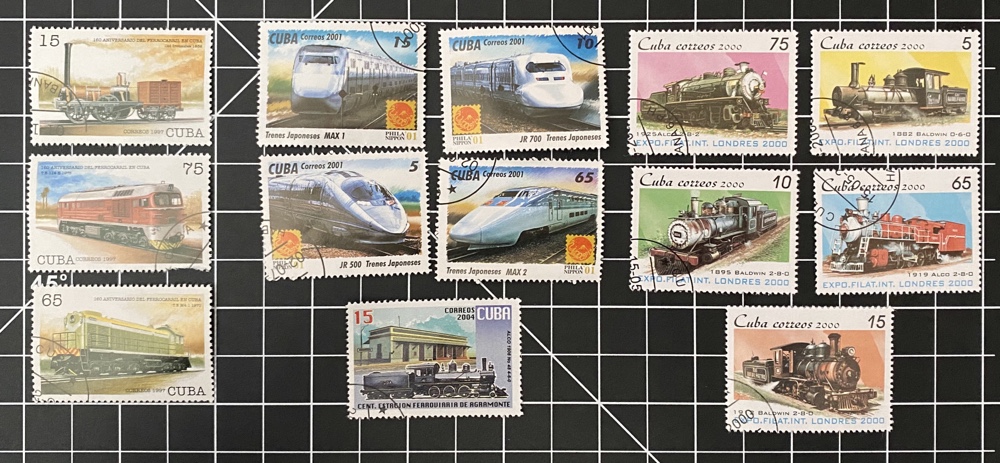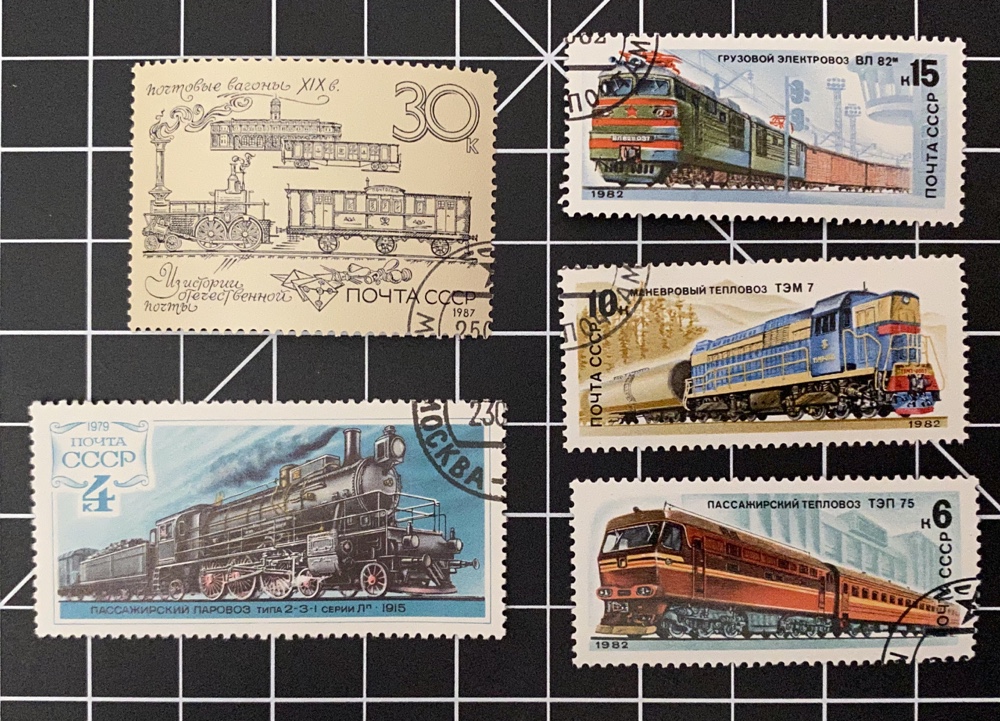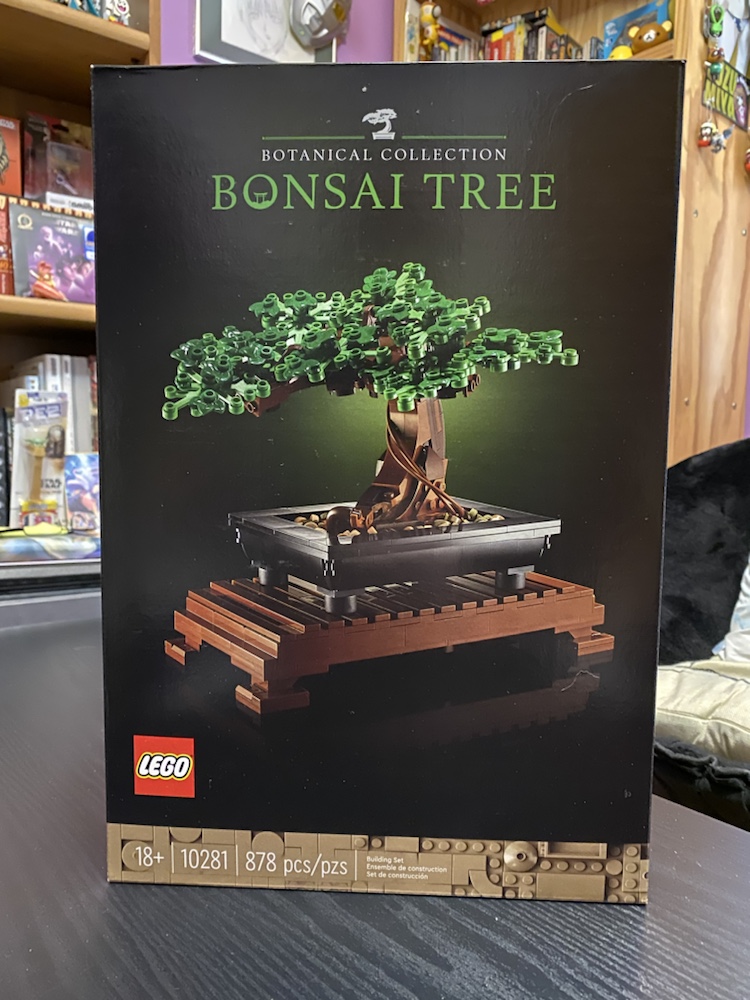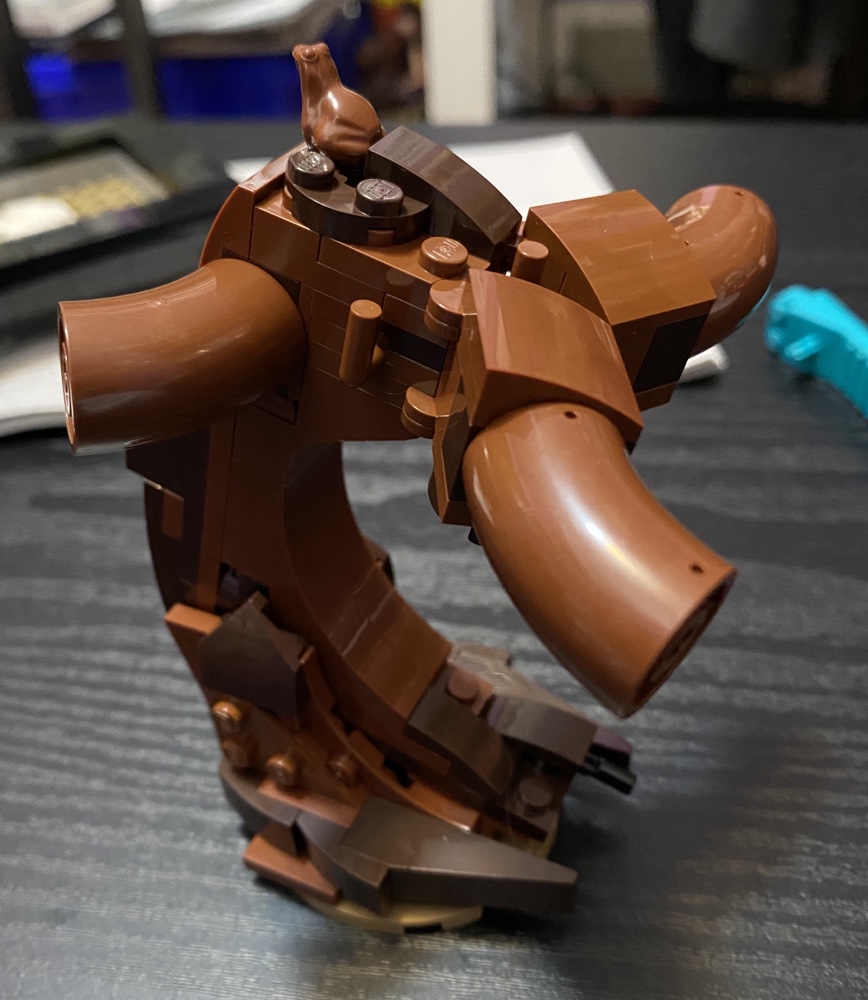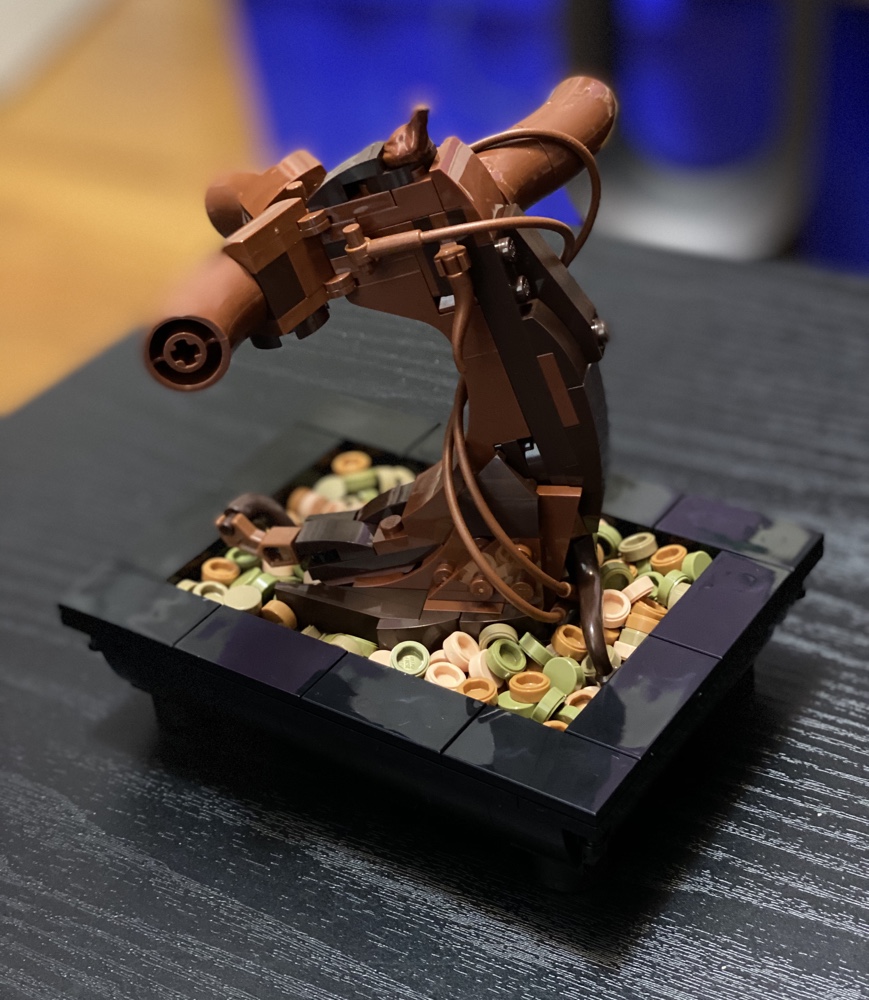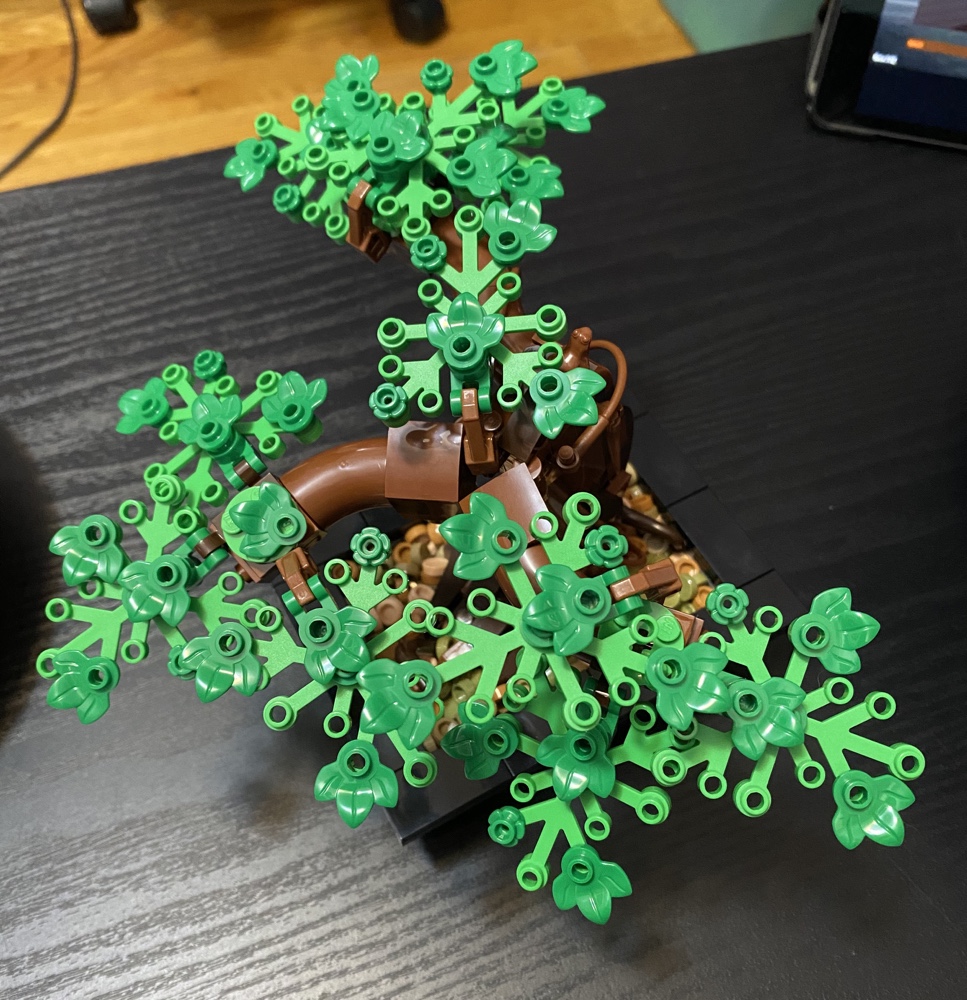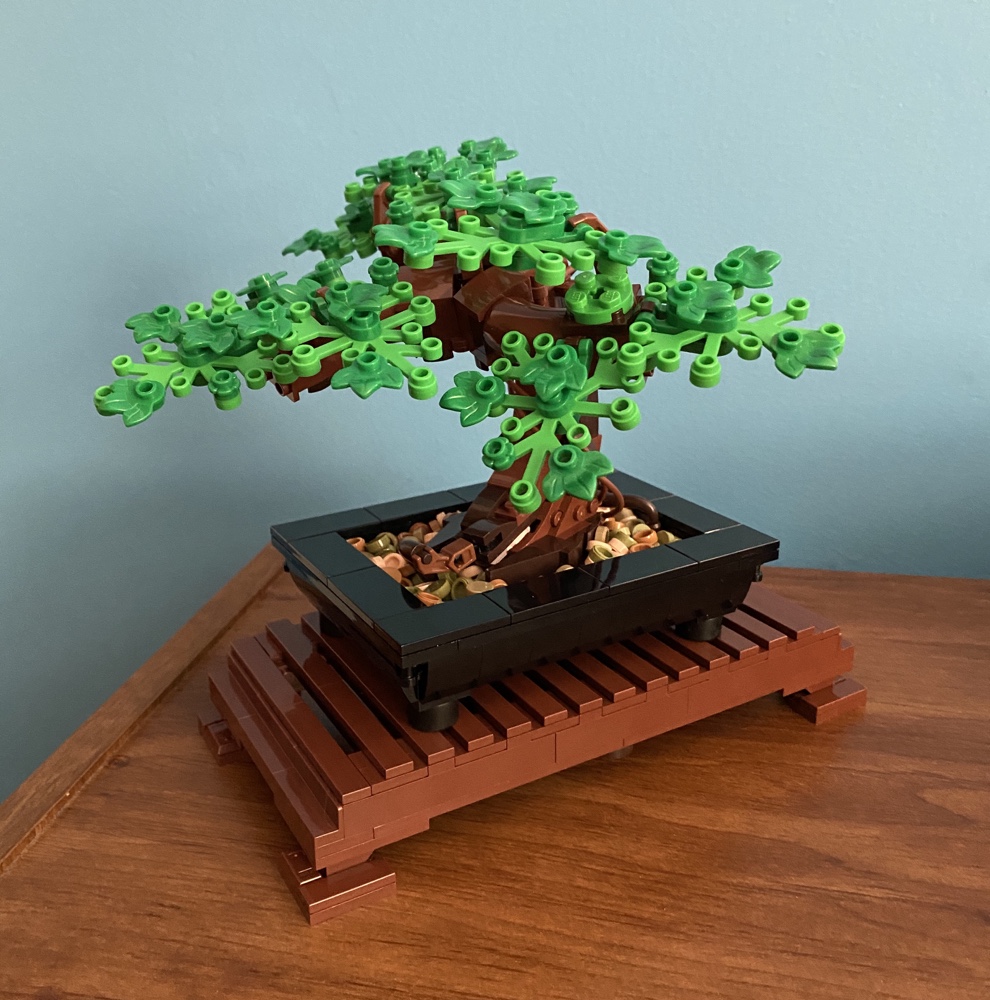At the risk of making this a stamp blog, here’s another brief post about something I just discovered. I was reading an article in the latest issue of Gibbons Stamp Monthly about phosphor inks used on stamps. Usually this is so the automatic machines can read the stamps, but it’s sometimes for artistic reasons as well. Apparently it used to be more common, but is still occasionally done today.
So I got the 300+ postcards I’ve received from postcrossing and looked at them under a UV light. Here’s what I found:
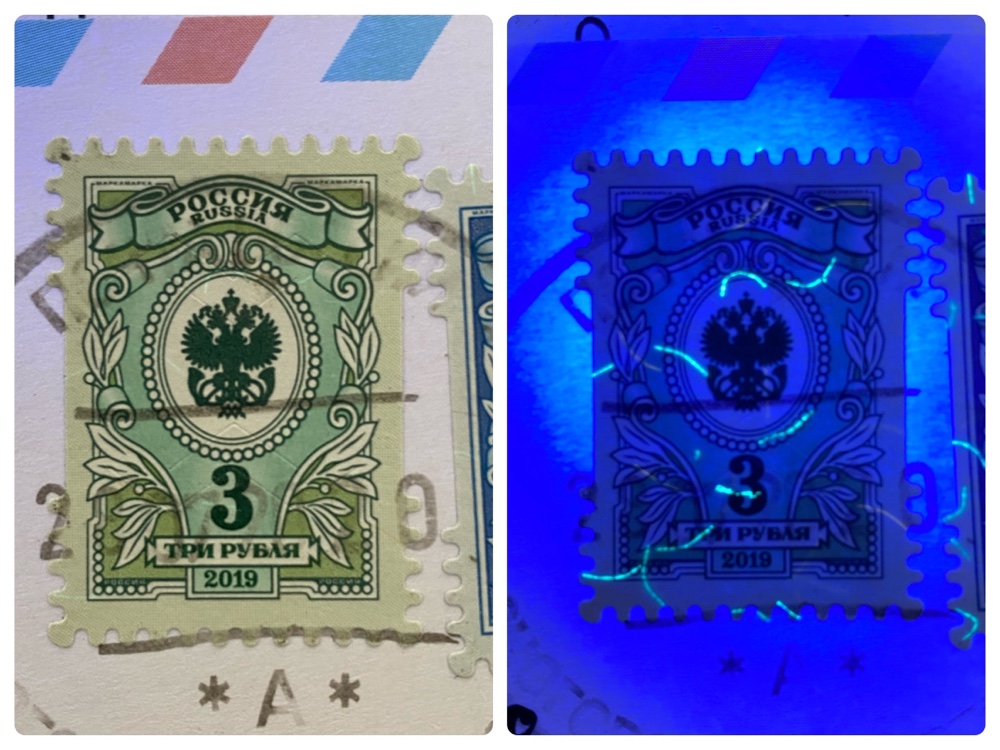
Many Russian stamps contain these phosphorescent ‘threads’ embedded in the stamp. They don’t seem to have any sort of pattern and I can’t discern their use for identification or artistic reasons. Even stranger I saw many cases of the same stamps either having or not having them. Weird.

Most Finnish stamps bear a silhouette of the country which, under UV light, is overprinted with the euro sign!
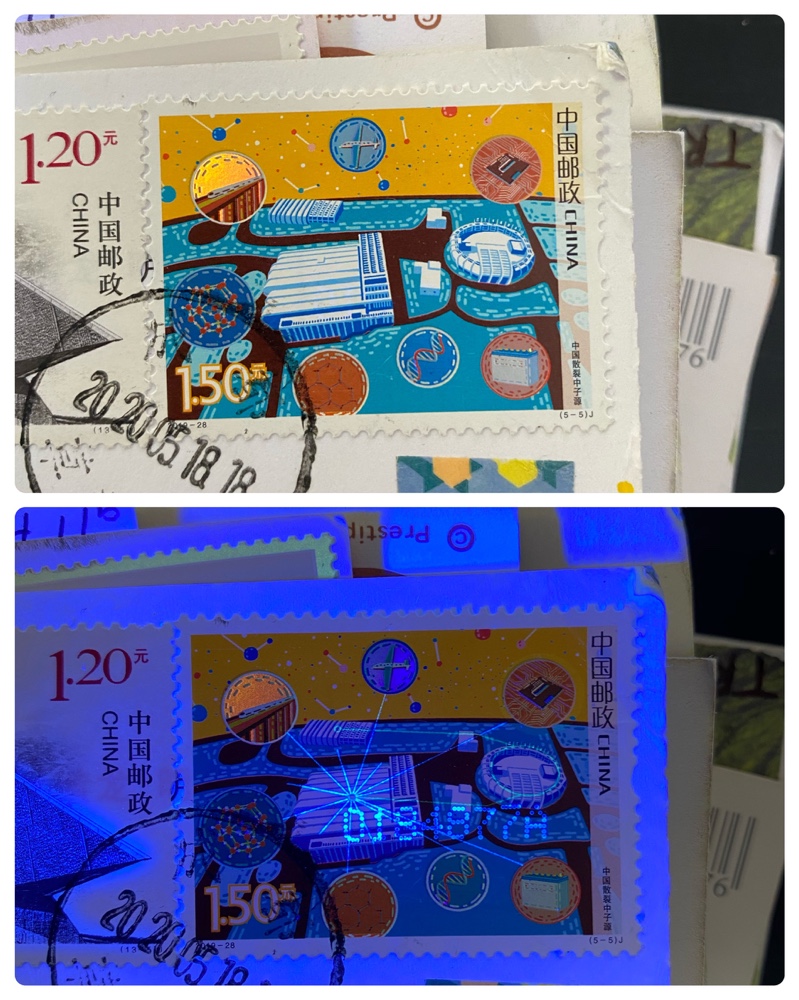
Here’s a Chinese stamp with a hidden UV element connecting various parts of the art. You can also see a number printed in phosphorescent ink on the stamp. This is very common in Chinese stamps, and I don’t know if it is done when the stamp is printed or as some sort of cancellation after mailed.

Cleverly, the UK Sherlock stamp series from a few years ago overprinted a series of words much like how the show used a similar method to show Sherlocks thoughts. As you can see the words are not very vibrant in the above pic, and this may be because the stamp is older. I found for instance that in the case of Russian stamps the ‘threads’ were more distinct on newer stamps so perhaps the inks fade over time?

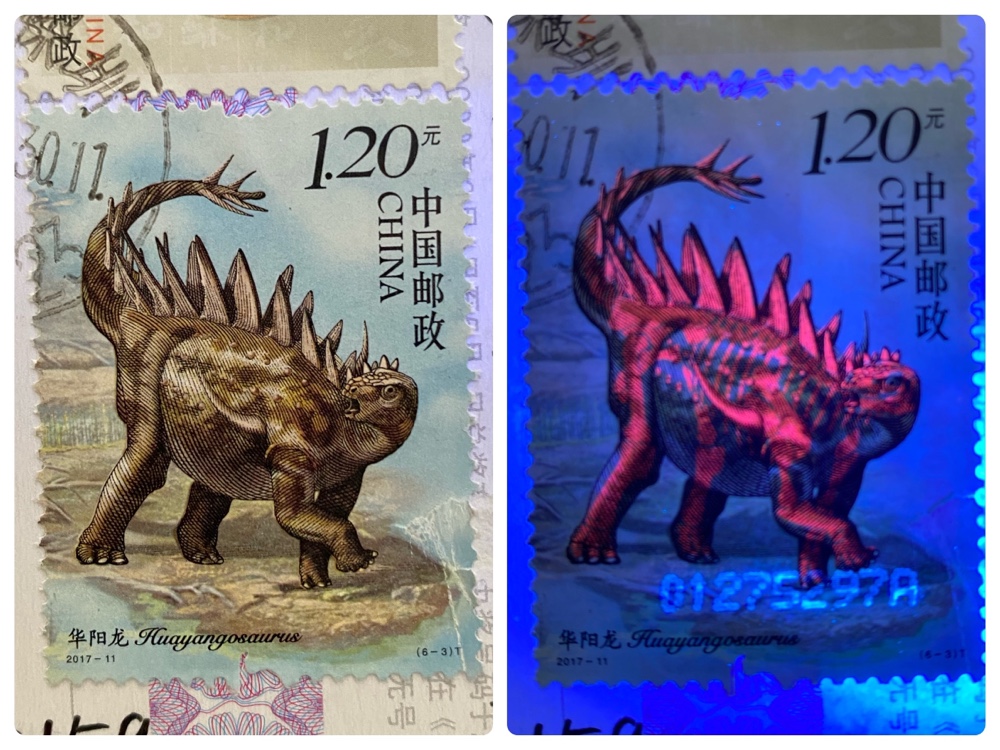
The best example – by far – that I found on the postcards I checked were on these Chinese stamps, on which you can see the skeletons overprinted in red phosphorescent ink under UV light. It’s extremely clear and crisp, and looks amazingly good. This was actually the very first postcard I shone the light on, and I was both astonished by what I saw and very excited to see what I’d find on others. Alas I soon discovered the UV overprints were rare indeed and never as flashy as this one.
So if you have a UV light and a bunch of older postcards why not shine it on them and see what you can see? There may be a few hidden secrets you missed the first time around 🙂
